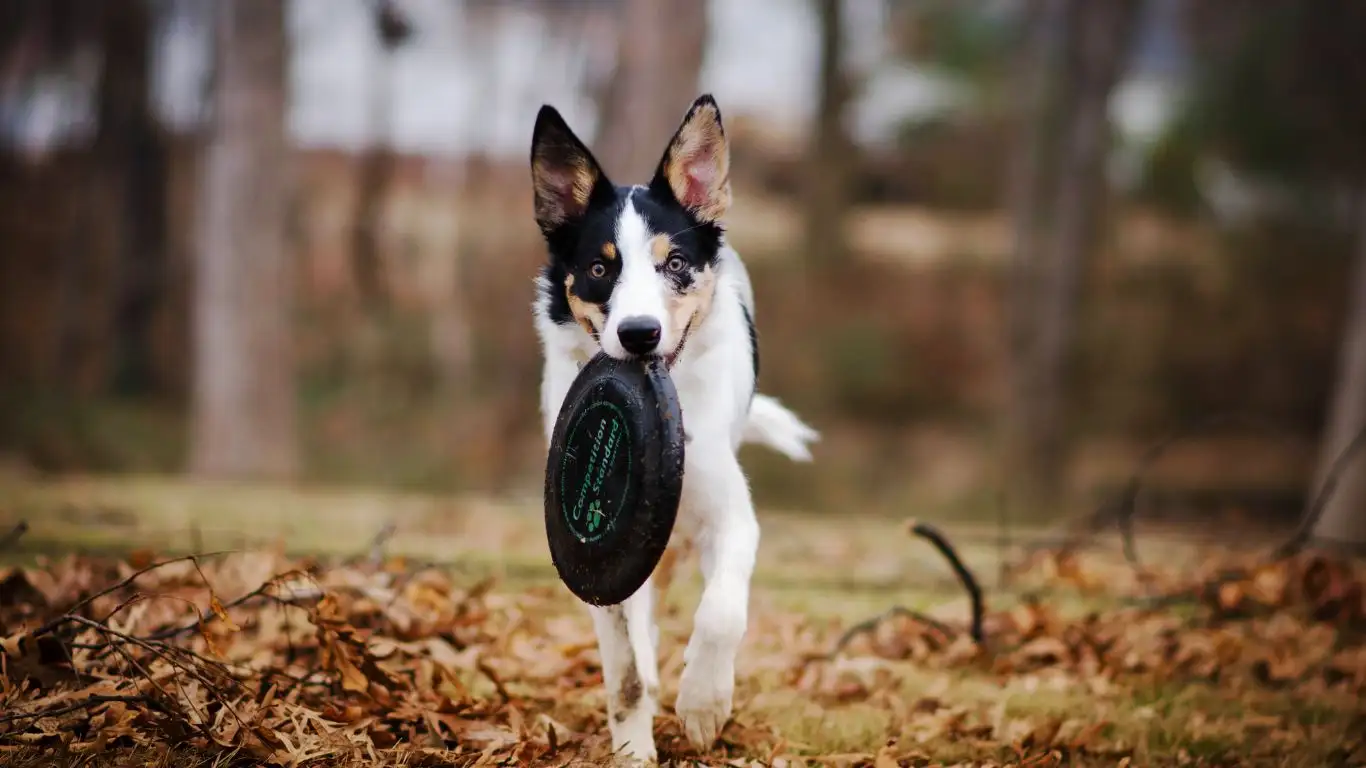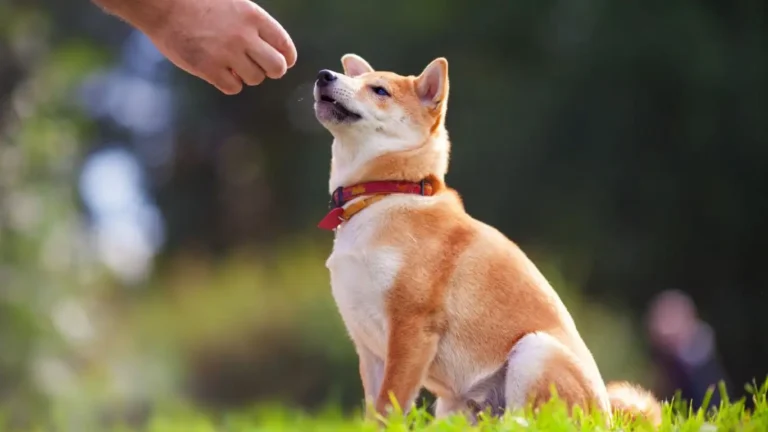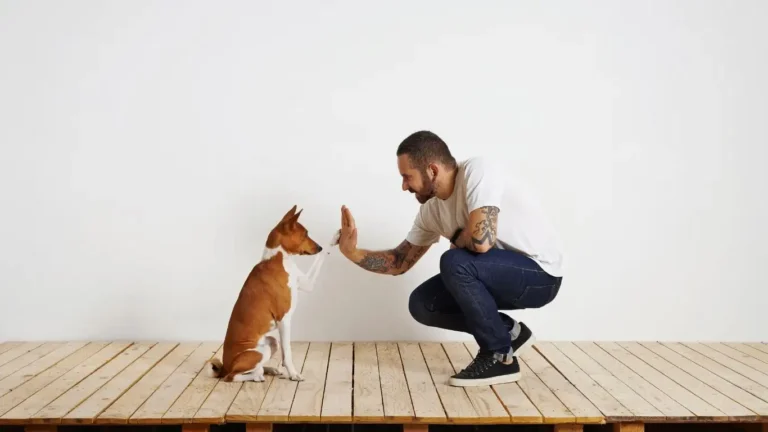How to Train a Dog to Understand Multiple Languages Like a Pro
Ever wondered how to train a dog to understand multiple languages? You’re not alone. As a Canine-Assisted Therapy Trainer, I’ve met more than a few bilingual or even trilingual households with one very good dog trying to make sense of it all. Whether it’s “sit,” “sientate,” or “assis,” our pups are more adaptable than we often give them credit for. But it’s not as simple as just switching languages mid-command. Training dogs to understand multiple languages takes some finesse, consistency, and a real understanding of how dogs process verbal cues—along with your own clarity as the handler. Today, I’m diving into how I’ve approached this over the years with my own therapy dogs and client pups.
Why Would You Want a Multilingual Dog?
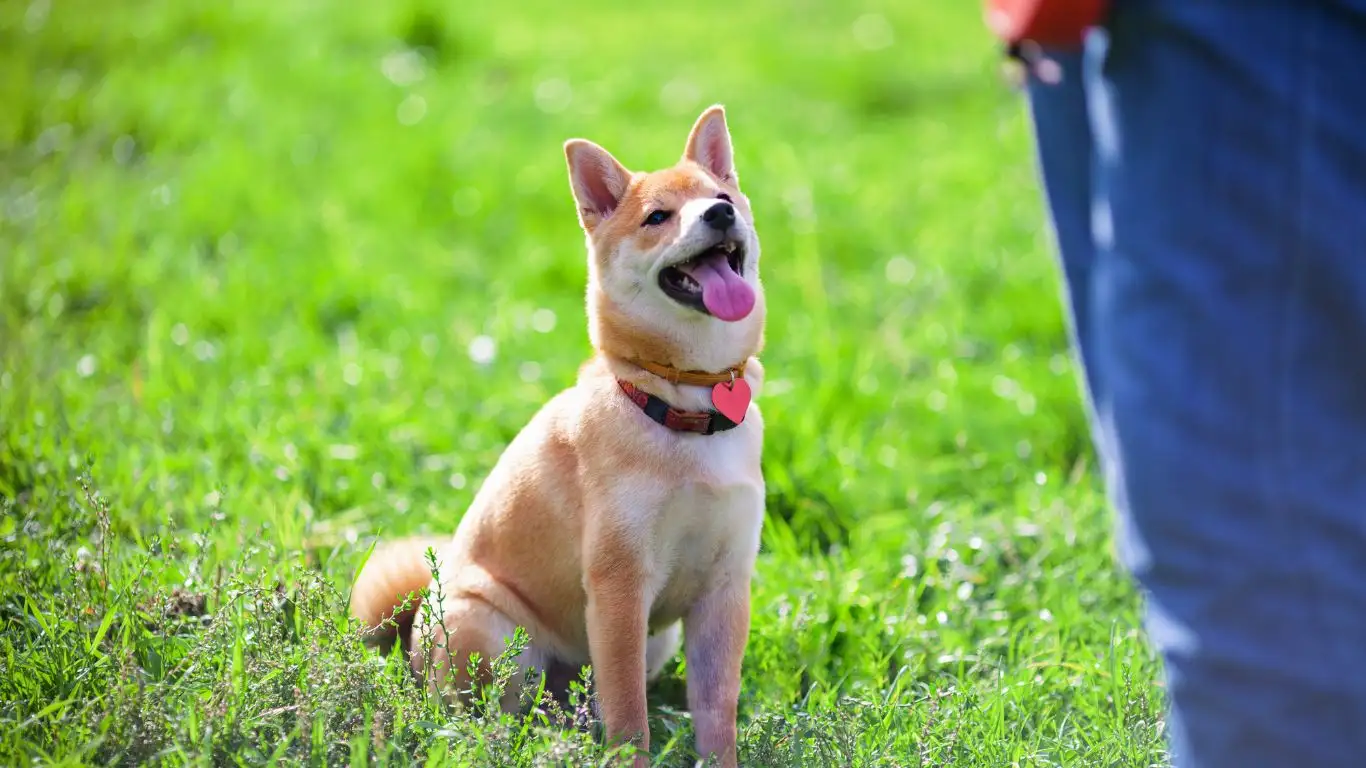
There are actually some very practical reasons for teaching dogs commands in more than one language. Maybe you’re in a multilingual household. Maybe you’re traveling abroad or working in international therapy environments. Or maybe, like some of my clients, you just want a second language as a sort of “private code” when distractions are high. Dogs don’t care *which* language you’re speaking—as long as it’s consistent, positive, and paired with the right cues and body language.
Therapy and Service Work Benefits
In therapy work, particularly in diverse settings like hospitals or schools, I’ve seen firsthand how helpful it is to have a dog that can respond to a command in the language of the patient or student. It immediately puts people at ease. There’s a powerful trust built in that moment—especially for kids or seniors who may feel alienated if English isn’t their first language.
How Dogs Process Language Differently Than Humans
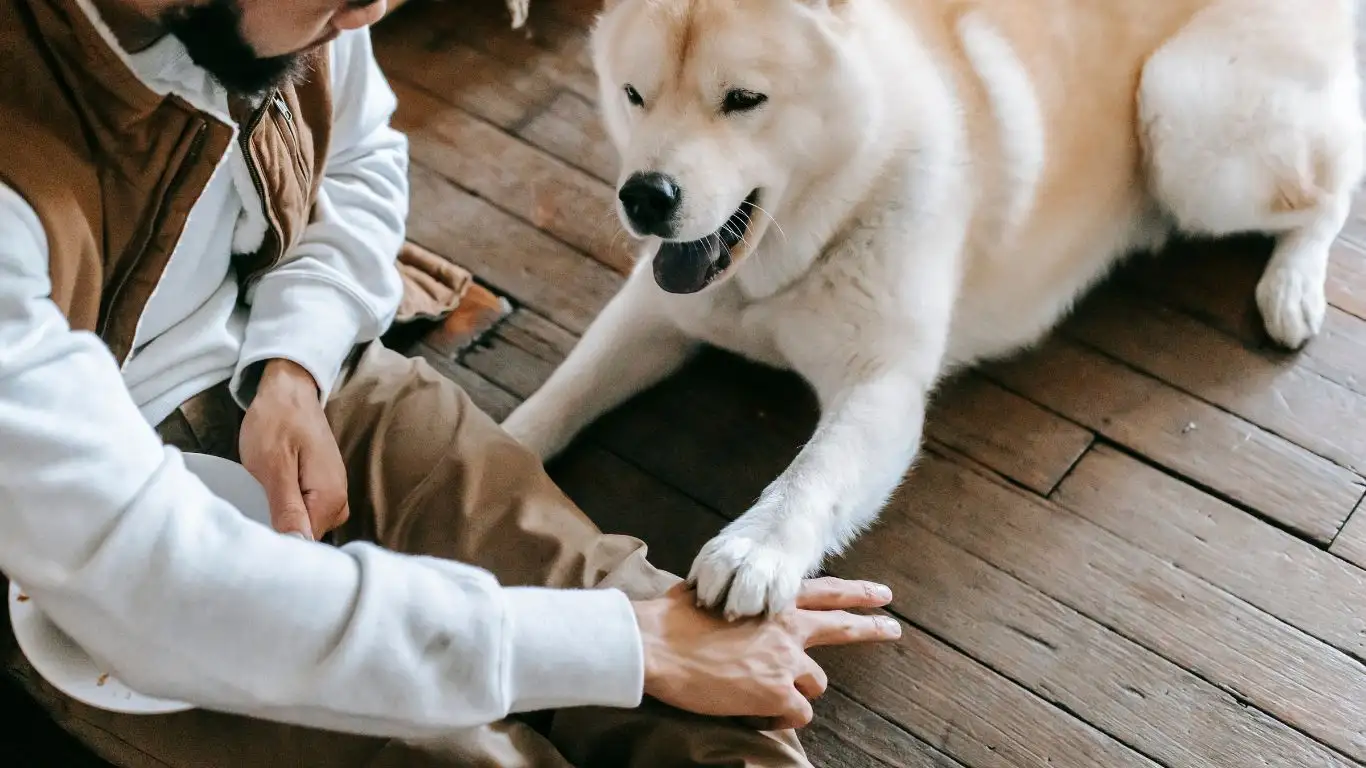
Let’s get this out of the way: your dog doesn’t speak Spanish. Or English. Or Japanese. What they *do* understand is repetition, tone, body movement, and consistency. When we’re training a dog to understand multiple languages, what we’re really doing is creating multiple associations for the same behavior.
Dogs Learn Through Association
Say you’ve taught your pup to “sit.” If you now want them to respond to “sientate,” the trick is pairing the *new* word with the *already learned* action consistently—until they associate the second word with the same behavior. Dogs aren’t translating in their heads like we do; they’re just building up a second cue for the same action.
Understanding the Role of Tone and Emotion
Dogs are incredibly sensitive to tone of voice. You could say “banana” in the same tone and rhythm as “stay,” and they might respond because the delivery feels familiar. That’s why in multilingual training, keeping your tone consistent across different words is key. I usually coach my clients to use the same inflection pattern for all languages in early stages of training. It makes a big difference.
Step-by-Step: How to Train a Dog to Understand Multiple Languages
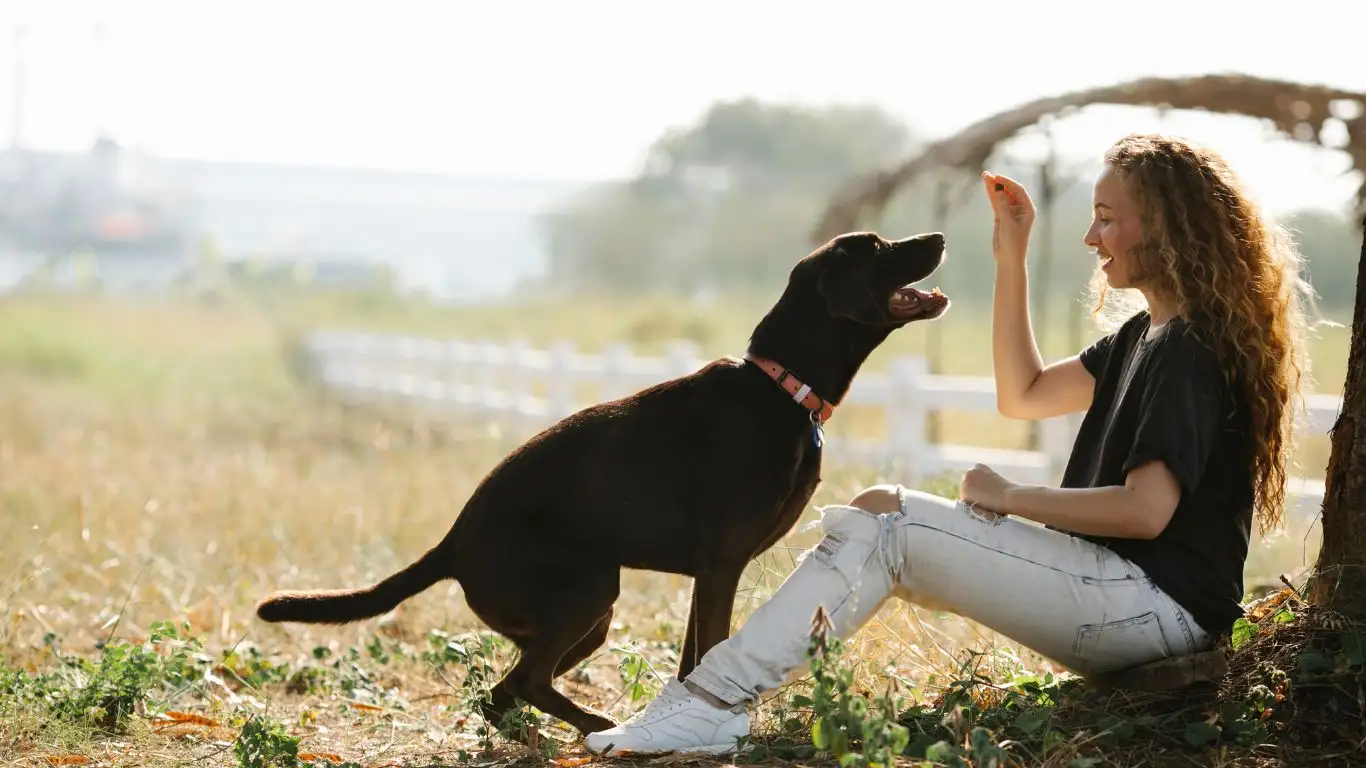
Step 1: Start With One Language First
Before you start tossing around French and Italian commands like a seasoned polyglot, make sure your dog is rock-solid in one language. I typically start with English, but if your home primarily speaks another language, start there. Dogs need clarity. If the foundation is shaky, adding another language just causes confusion.
Step 2: Introduce the New Language Gradually
Here’s what I usually do:
- Give the known command in the original language (“sit”).
- Repeat the new language cue immediately after (“sientate”).
- Reward the dog when they perform the behavior.
- Repeat this pattern, eventually dropping the original word once the dog starts responding reliably to the new one.
It’s like saying “this word also means the same thing.” Eventually, your dog will link both terms to the same behavior.
Step 3: Be Consistent and Practice Often
This part is huge. Switching up languages too fast, or being inconsistent with the tone or body signal, can really throw your dog off. I always recommend focusing on one new language at a time per behavior. And don’t rush it—each new word takes time to build. My own therapy dog, Miso, took a few weeks to solidify Spanish commands after already knowing English ones, but now she responds to both like a pro!
Step 4: Use Real-Life Situations for Reinforcement
One thing I’ve learned through therapy work: you can’t just train in a quiet room and expect results in real life. Take your dog into the world and use the multilingual commands in parks, vet offices, or casual walks. This is where the training really sinks in. It’s also super helpful for therapy contexts, where the environment isn’t controlled.
Common Mistakes to Avoid When Teaching Multiple Languages
- Overloading too soon: Stick to one new word at a time.
- Inconsistent pronunciation: Say it the same way every time. Think of it like a ringtone—dogs pick up on patterns, not full sentences.
- Using similar-sounding commands: Don’t train “sientate” and “siéntate” if you say them identically—make sure each cue sounds distinct.
- Skipping body language: Dogs rely more on your posture and movement than your words.
Want to know what language dogs are the best at learning first? Honestly—it’s yours. Whatever language you speak with love, clarity, and consistency is the one they’ll learn best. The multilingual part? That’s just extra magic we layer on top.
Adding Non-Verbal Cues to Reinforce Multilingual Commands
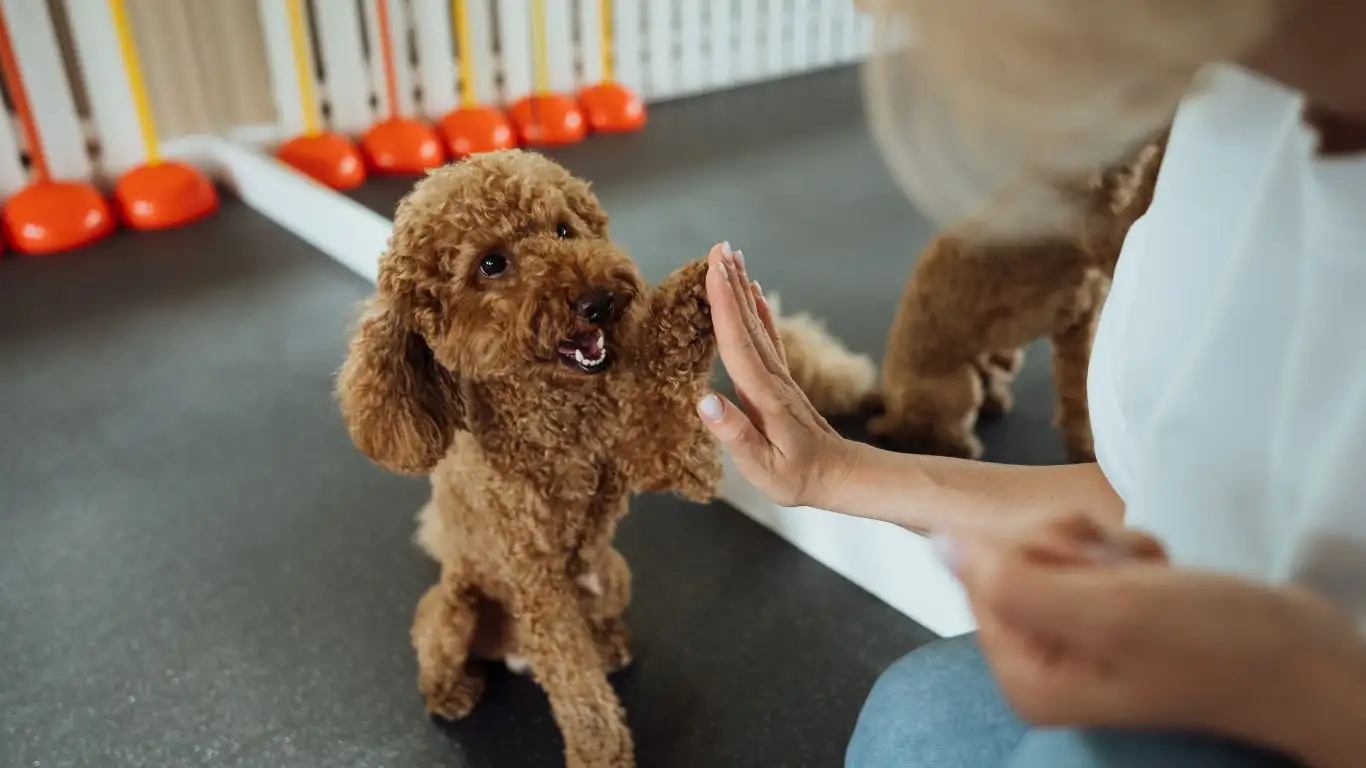
One trick I’ve leaned on heavily when training therapy dogs to understand multiple languages is pairing verbal commands with hand signals. It might sound like extra work, but trust me—this combo speeds things up and makes everything click faster for the dog. I started using hand cues back when I was training a therapy Lab named Benny, who worked with non-verbal children. The idea was that even if the kids couldn’t speak the commands, they could still communicate. And honestly? It helped Benny become fluent in both English and ASL-based cues.
Why Hand Signals Are Game Changers
Dogs are visual learners. They’re reading your posture, your eye movements, your gestures—all the time. When you add a consistent hand signal to a verbal command (no matter the language), it gives your dog another anchor to rely on. This is especially helpful when you’re juggling multiple languages because it eliminates confusion. Your dog might not catch the new verbal cue right away, but if the hand gesture stays the same, they’ll still know what to do.
How to Pair Cues and Gestures
- Use your original hand signal that your dog already knows for the behavior.
- Say the new verbal command (e.g., “platz” for “down”).
- Give the hand signal at the same time.
- Reward when your dog performs the action correctly.
After enough repetitions, you’ll find your dog starts responding to either the word, the gesture, or both. And that’s exactly the kind of flexible communication we want in therapy and everyday life alike.
Choosing the Right Languages for Your Dog’s Training

Now here’s a question I get asked a lot: “Does it matter what language I pick?” Technically, no—but practically? Kind of. If your dog’s main handler (or family) speaks one language most of the time, that should probably be your starting point. After that, pick your second language based on your goals. Are you traveling? Working in a bilingual environment? Do you want your kids to practice their second language with the dog?
Popular Languages for Dog Training
- German: Common in protection and working dog training—short, crisp commands like “platz” (down) and “fass” (attack—use with caution!).
- Spanish: A great choice in the U.S. for bilingual homes or public therapy work.
- French: Elegant and common in European training circles—“assis” for sit, “couché” for down.
- Japanese: Clear, distinct sounds; often used in obedience and agility sports.
I had one client train her Golden Retriever in English and Tagalog so her grandparents could give commands during visits. That kind of cultural inclusion makes the dog feel like part of the whole family—regardless of language.
Training Multilingual Dogs in Group Settings
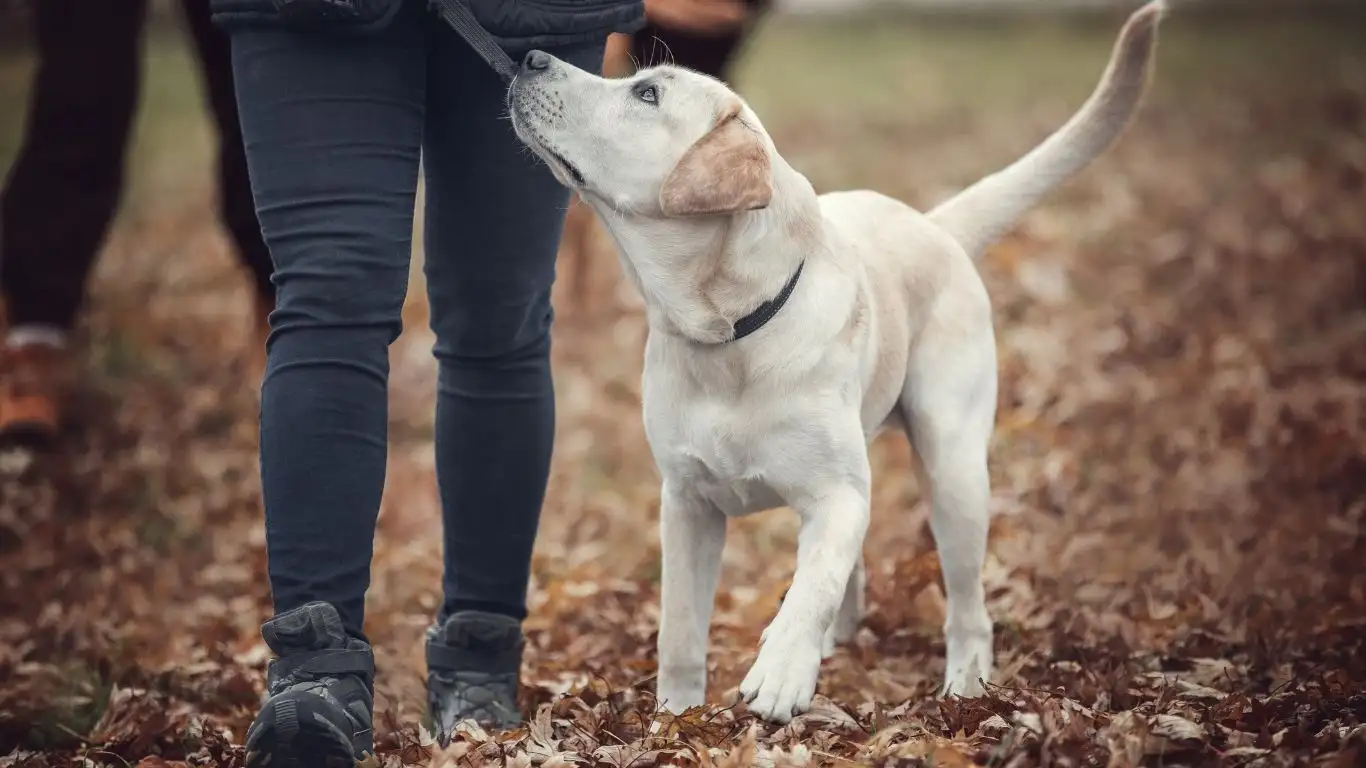
Group classes are another place where multilingual dog training gets interesting. If you’ve ever been in an obedience class and all the dogs are being told to “sit” at once—you know the chaos. But when your dog’s trained in a second language, they’re less likely to respond to someone else’s cue. It’s like having a “private channel.”
Tips for Group Training
- Use uncommon or foreign-language commands to reduce accidental cues from other people.
- Practice distraction-proofing by training your dog to focus on your voice and body language, not others around them.
- Reward eye contact and engagement more than just execution of the command. It keeps the attention on you.
With my therapy team, we often use commands in German during school visits just so the dogs don’t get overloaded with chatter from the kids. “Bleib” (stay) becomes our secret signal that keeps them calm and centered in busy environments.
Language Switching Without Confusing Your Dog
Alright, so you’ve got your dog responding to both “sit” and “sientate”—awesome. But what happens if you switch languages mid-session or even mid-walk? Will your dog get confused? Not if you do it the right way. Think of your multilingual training like a light switch: you can switch the input, but the result stays consistent.
Best Practices for Switching Languages
- Keep each command clear and separate. Don’t mix languages in a single command (e.g., “sit ahora!”).
- Practice alternating in training drills. For example, ask for “sit” in English, then “down” in Spanish.
- Reward consistency, not just obedience. If your dog hesitates when you switch languages, don’t punish—just pause, repeat clearly, and reward when they get it right.
Back when I was training my rescue dog, Nova, I used language-switching drills to help her stay engaged during long walks. It became a sort of mental game, and she actually loved it. Dogs like a challenge—as long as you keep it fun and rewarding.
Tools and Resources That Can Help
If you’re getting serious about teaching your dog commands in multiple languages, you don’t have to wing it. There are some great tools and tricks to help you along the way. Here’s a quick list of what’s helped me and my clients:
- Flashcard apps (like Anki): I use these to remind myself of the verbal commands in each language during training sessions.
- Voice memo drills: Record yourself giving commands in different languages so your dog gets used to hearing them from speakers, not just you.
- Label your environment: I had one client put sticky notes around the house with commands in both English and Japanese—it helped both the dog and the kids learn faster.
And of course, the best tool is always your consistency. You don’t need expensive tech or a fancy setup. Just a bit of patience, some tasty treats, and a willingness to speak your dog’s language(s)—whatever those may be.
Advanced Training Techniques for Multilingual Dogs

Once your dog’s comfortably responding to commands in two or more languages, the fun really begins. You can start layering in more complex routines, testing comprehension with random cue switches, and even creating little language-specific tasks. I’ve done this with several of my therapy dogs—assigning different languages to different environments. For instance, at home we’d use English, in schools we’d switch to Spanish, and during animal-assisted therapy at eldercare centers we used German (because some residents were more comfortable hearing it). It’s like your dog has different “modes,” and they learn to adapt beautifully.
Contextual Language Switching
This type of training requires you to be mindful of *your own habits*. Dogs pick up on our routines just as much as our words. So when I put on my therapy vest and leash bag, my dog already knew we were in “work mode,” and our commands would likely come in a different language. Over time, they start to associate certain contexts with certain language patterns—just like we do when switching between professional and casual speech.
Example Drills
- Language Split Routines: Practice sit/down/stay in English, then recall/heal/leave it in Spanish.
- Environmental Tagging: Use one language in the kitchen, another in the backyard. Simple, but effective.
- Handler-Specific Commands: Assign one person in the family to use one language, another to use a second. Great for kids learning languages too!
Real-Life Challenges and How to Overcome Them

Of course, no training journey is without its bumps. I remember working with a Border Collie named Luna whose family spoke a mix of French, English, and Vietnamese at home. The biggest hurdle? Everyone used different tones and phrasing. “Stay” came out as “stayyyy,” “reste,” “ở lại,” or sometimes just “wait there!” Poor Luna was doing her best, but the inconsistency was throwing her off.
Tips for Consistency in Multilingual Homes
- Create a command list. Stick it on the fridge. One language per cue per person until the dog masters both.
- Use videos to standardize pronunciation. Record yourself saying commands in each language so everyone mimics the same sound.
- Keep cues short and distinct. Two-syllable max if possible. Dogs respond best to clear, punchy sounds.
And when in doubt? Go back to basics. A confused dog isn’t being stubborn—they’re trying to figure you out. Reset, slow down, and simplify.
How Multilingual Training Impacts Canine Cognitive Health
Now here’s where things get really exciting. There’s growing evidence suggesting that multilingual dog training might actually benefit your pup’s brain. Just like with humans, learning multiple languages or cues seems to keep dogs mentally sharper. It’s a form of enrichment that stimulates memory, problem-solving, and responsiveness under pressure.
In my years doing therapy work, I’ve noticed older dogs trained in multiple languages stay more alert and engaged. They’re quicker to pick up new behaviors and more adaptable in unfamiliar situations. Some recent canine cognition research even supports this idea—though it’s still in early stages. If you’re curious, organizations like NIH and PetMD are starting to cover these topics more frequently.
Everyday Brain Boosters
- Switch languages randomly during walks.
- Rotate cue languages every week.
- Mix hand signals with verbal and silent cues.
These micro-adjustments act like little brain puzzles. Your dog has to pause, think, and then react. It keeps their mind working—and believe me, a mentally stimulated dog is a happier, more balanced one.
Building Trust Through Multilingual Communication
At the end of the day, the whole idea of teaching your dog to understand multiple languages isn’t about showing off or creating circus-level tricks. It’s about deepening communication and trust. Dogs thrive when they understand what’s expected of them—and they shine even brighter when they know they’re “getting it right.”
I’ll never forget one hospital visit with a young patient who only spoke Arabic. When my therapy dog responded to her quietly whispered command, the joy on her face was unforgettable. It wasn’t just a trick—it was a moment of pure connection. That’s what this is all about.
Final Thoughts: Is Multilingual Training Right for Every Dog?
Short answer? Mostly, yes. But you’ve got to meet your dog where they are. Some dogs pick up new languages like sponges. Others need a bit more time and patience. And that’s okay. The goal isn’t perfection—it’s partnership.
If your dog is still working on the basics in one language, focus there first. Don’t overload them. But if they’re rocking “sit,” “stay,” and “come” with ease, start layering in new words, tones, and eventually—entire routines. And always make sure it stays fun. Play is the secret sauce of great training.
For more tips on bilingual dog training, breed-specific learning styles, and canine enrichment, check out trusted resources like AKC or dive into wellness insights over at Health. There’s always something new to learn—no matter how many languages you speak.
Disclaimer
This article is based on my personal experiences as a certified Canine-Assisted Therapy Trainer and should not replace professional veterinary or behavioral advice. Always consult a certified trainer or veterinary behaviorist if your dog displays signs of stress, confusion, or regression during training.
